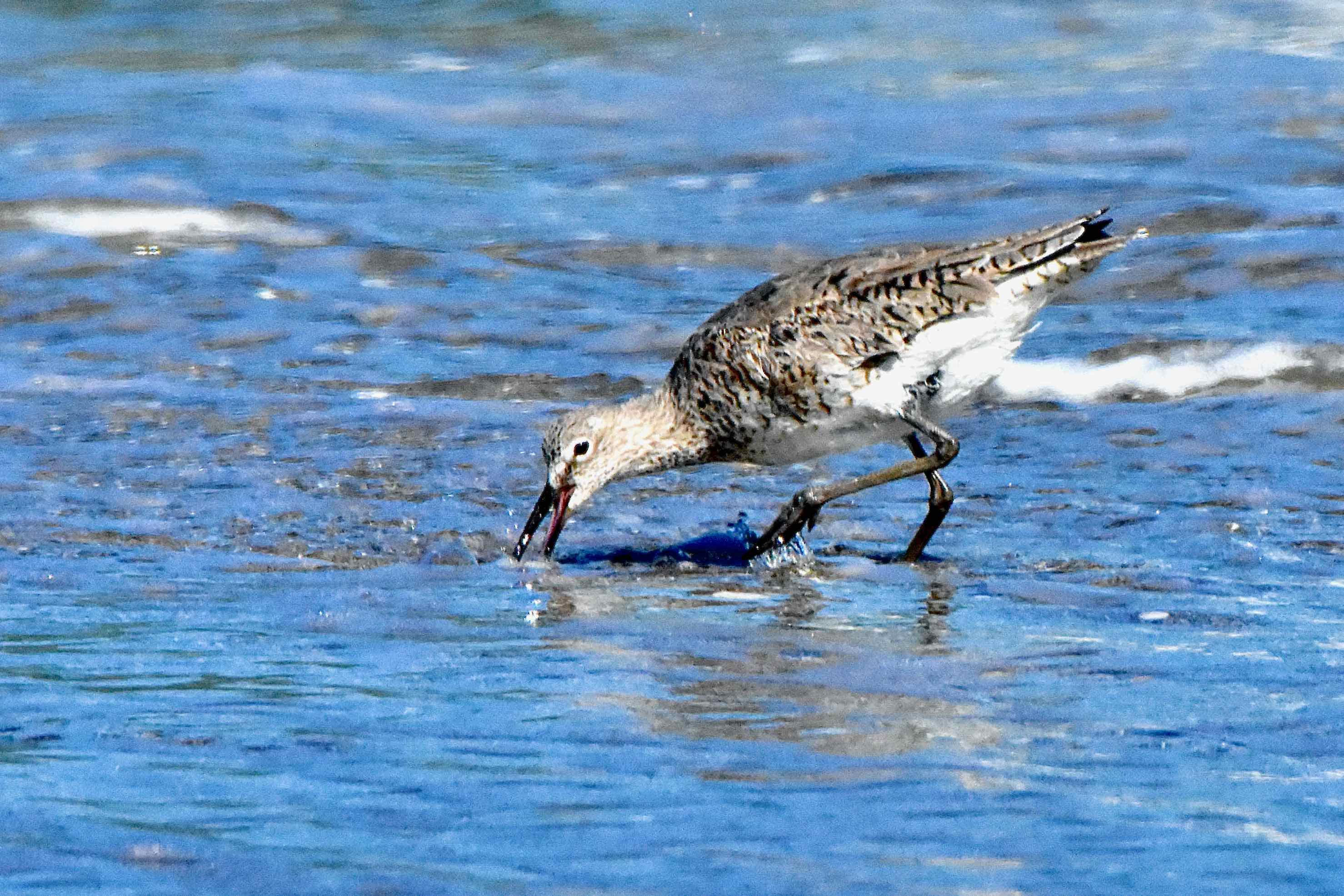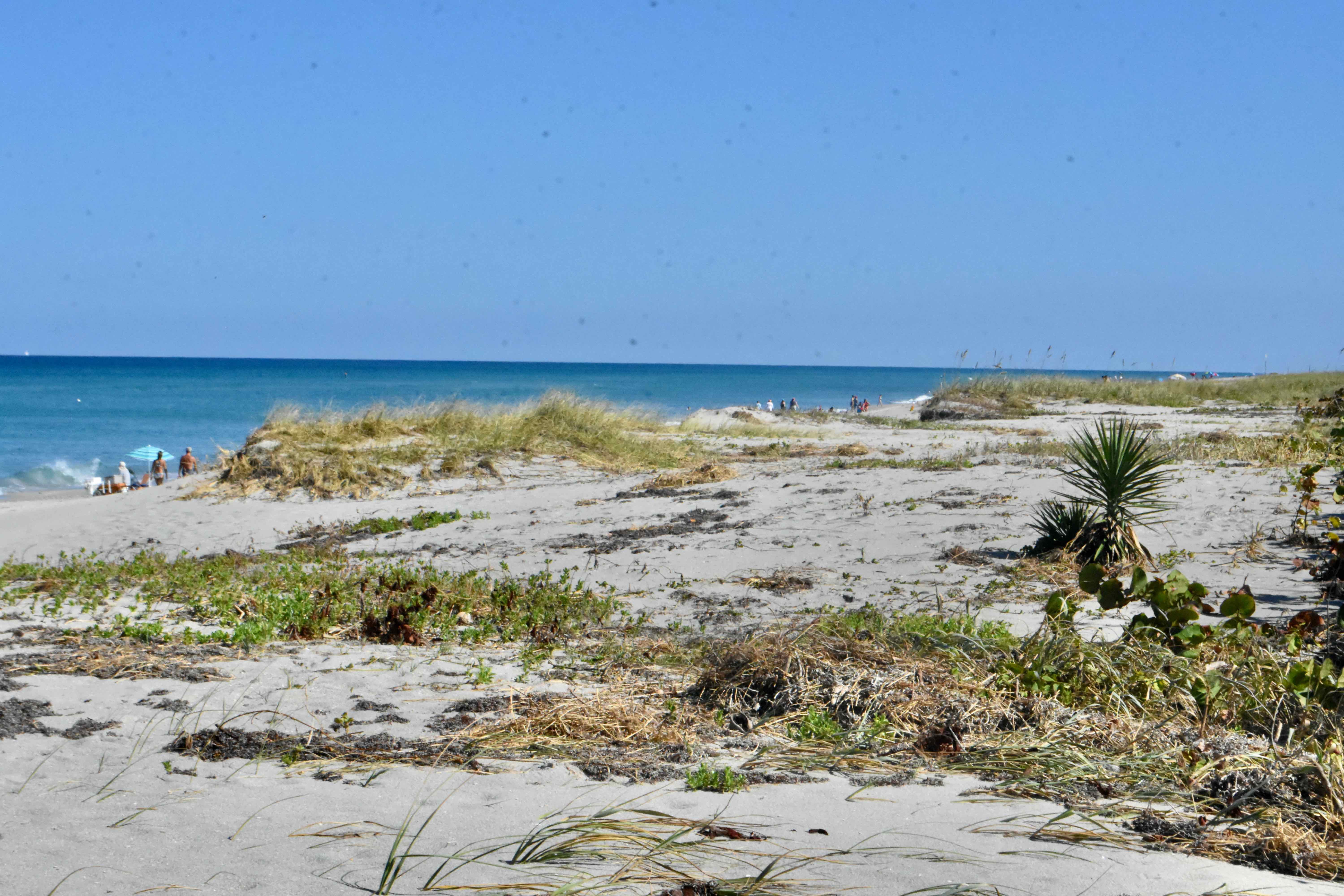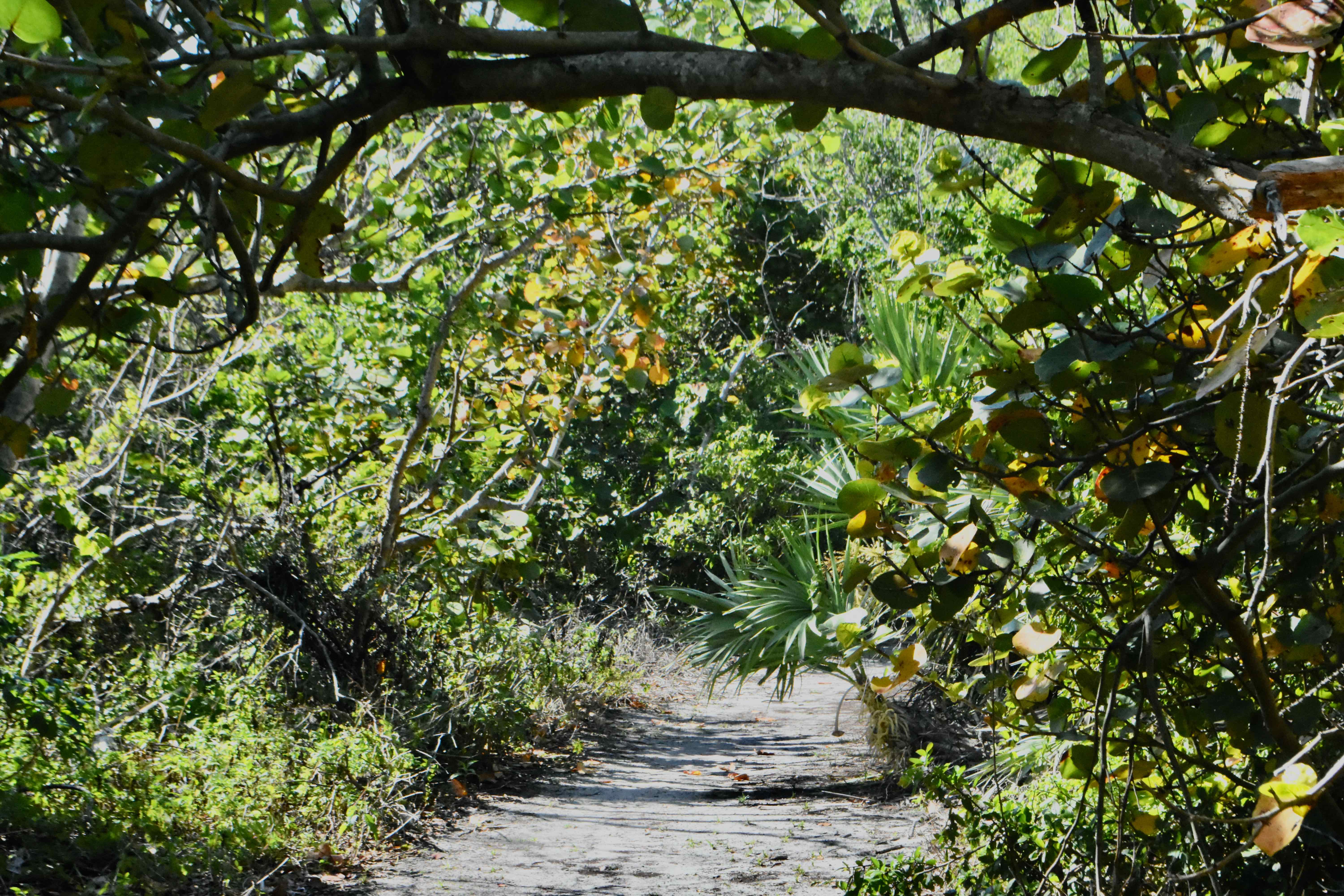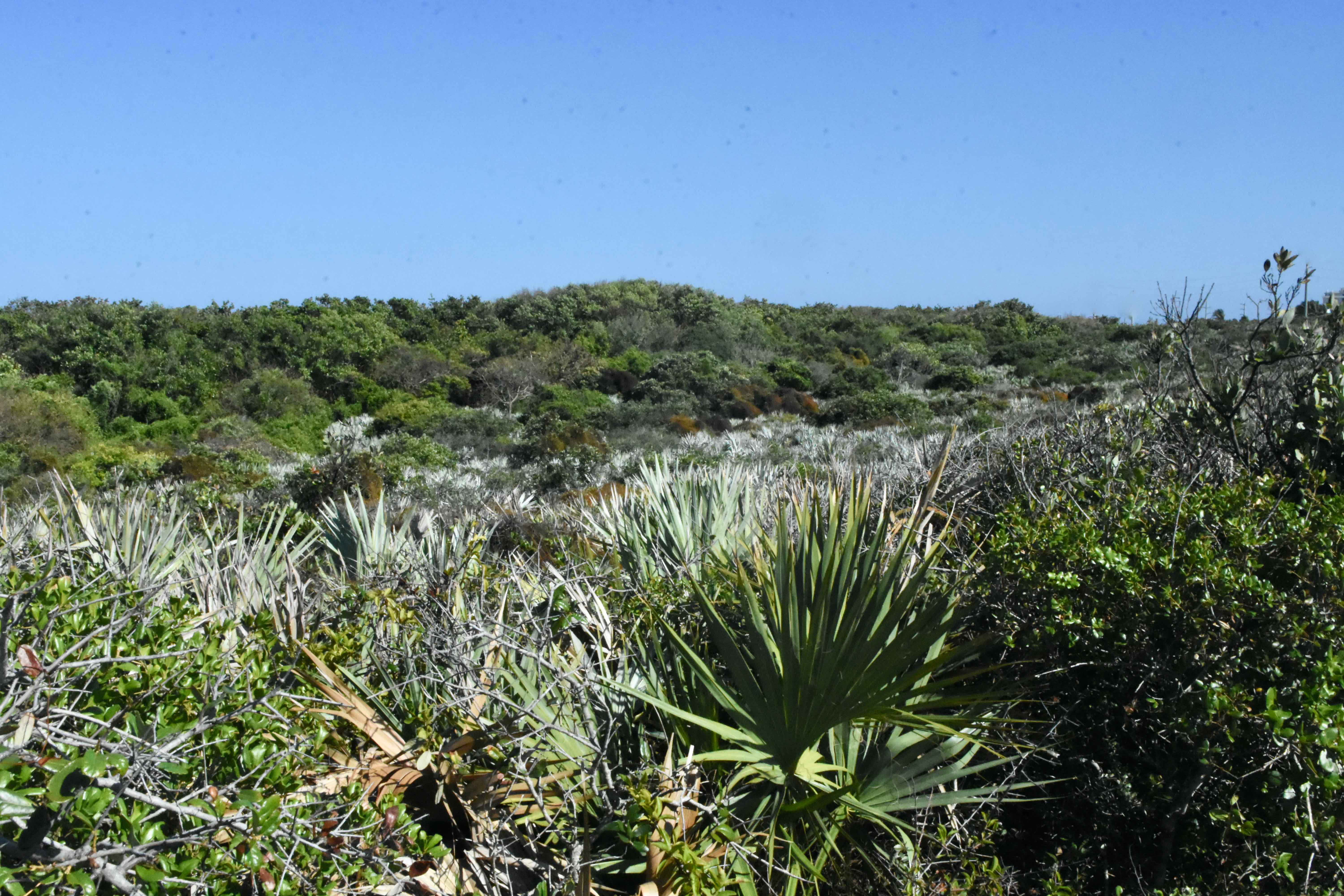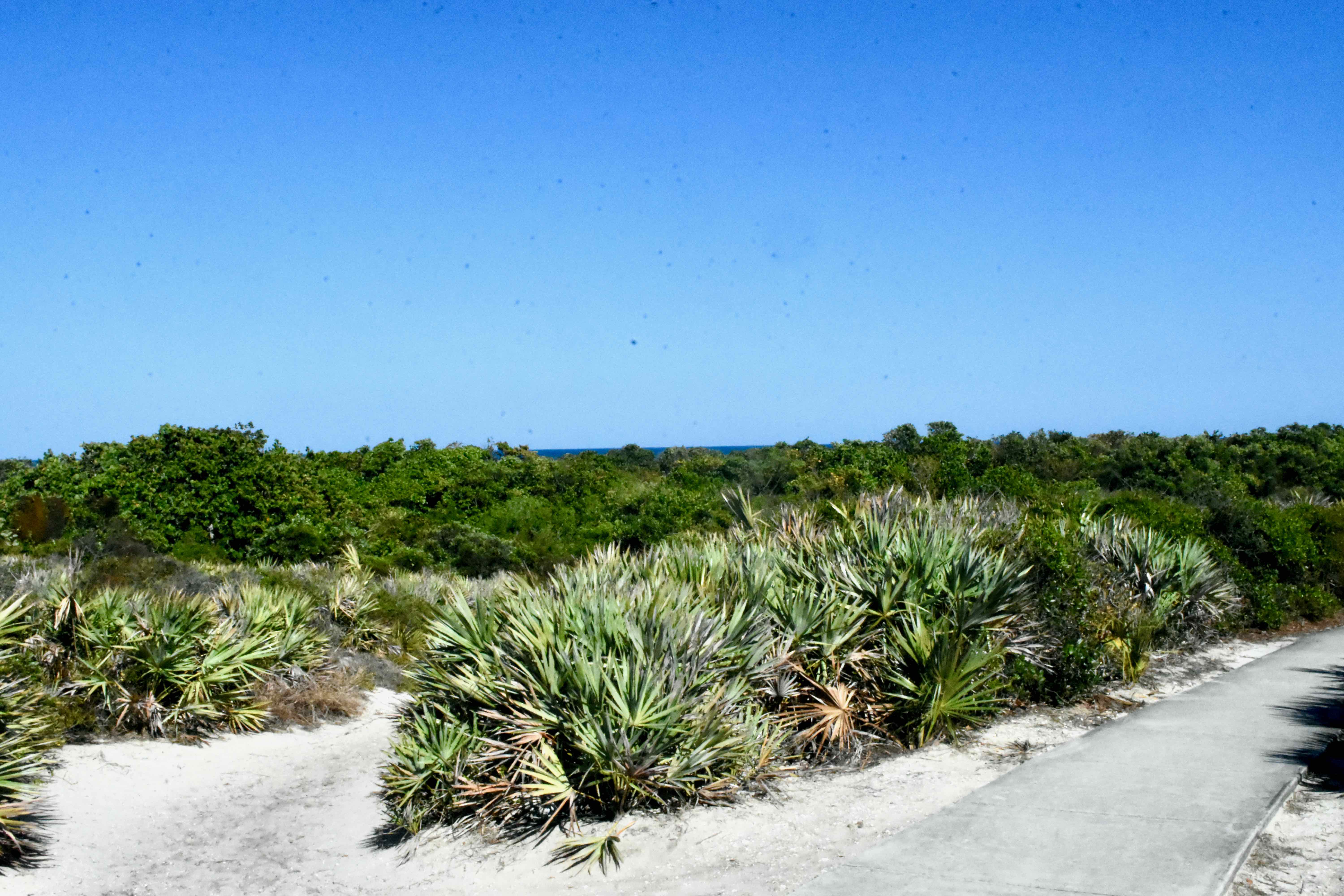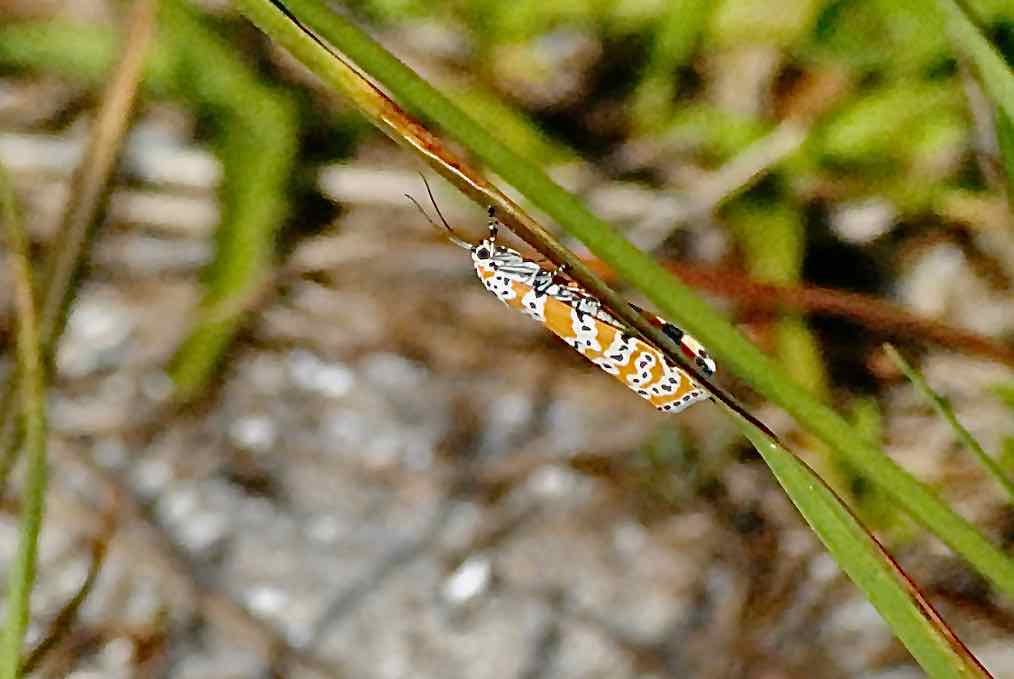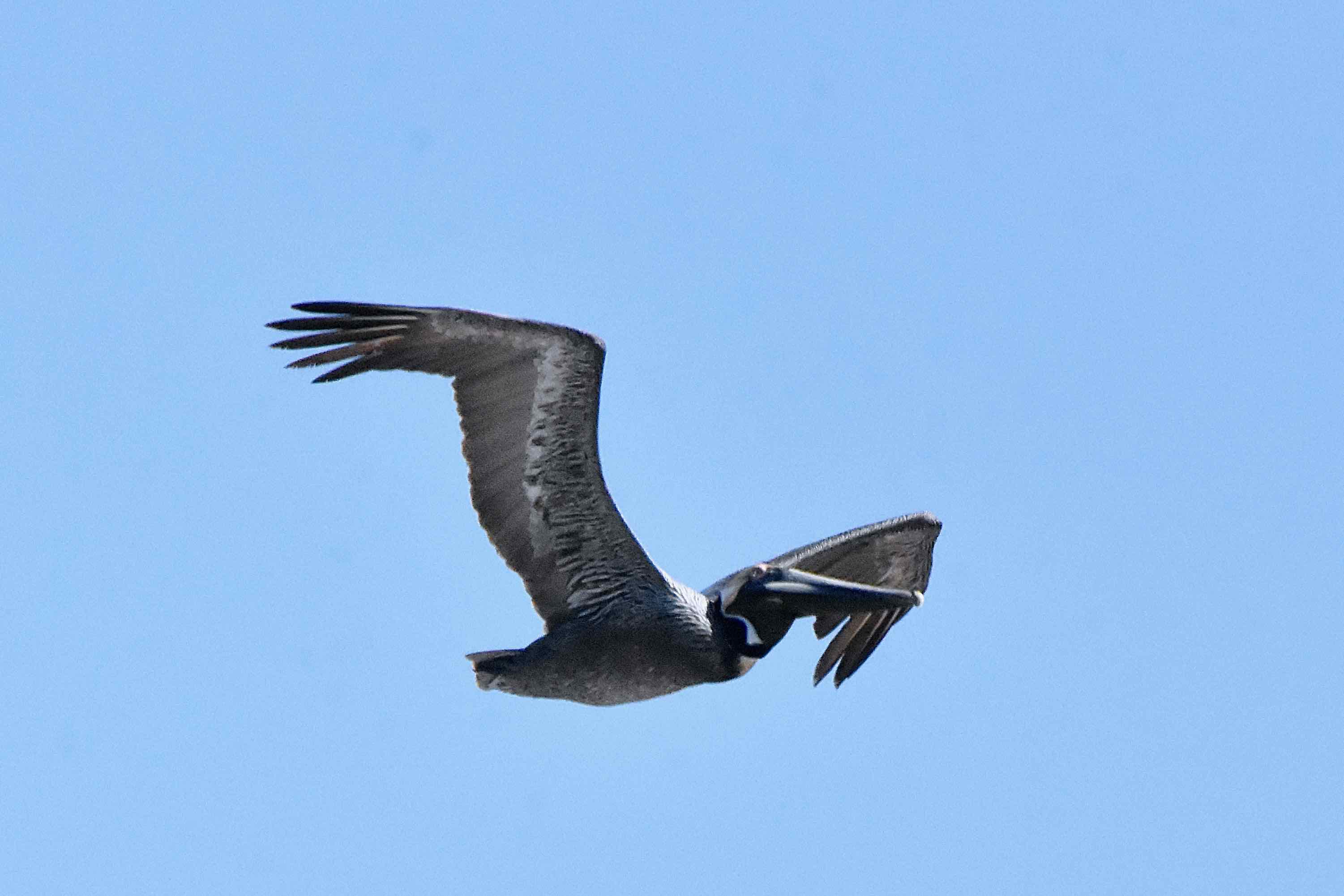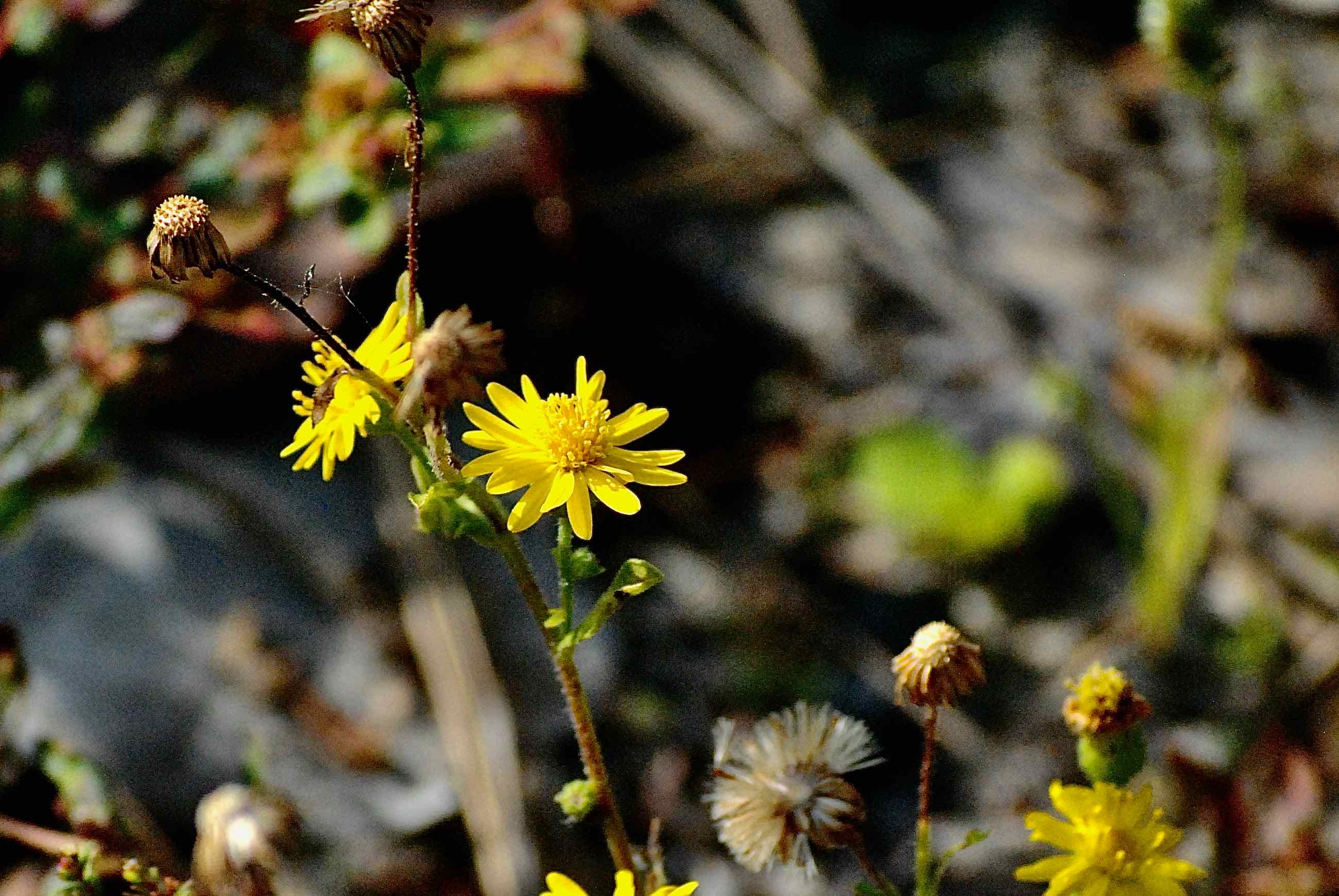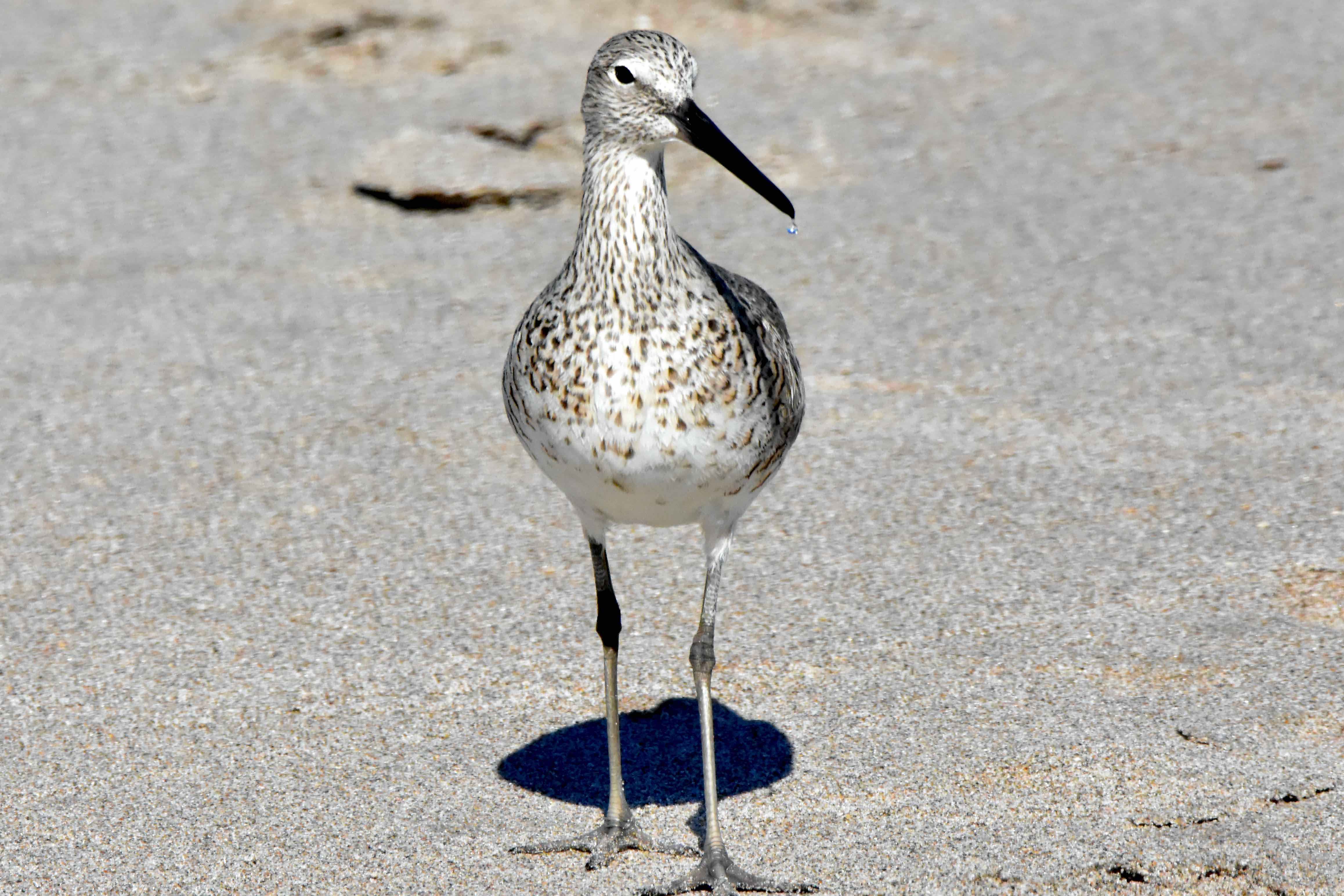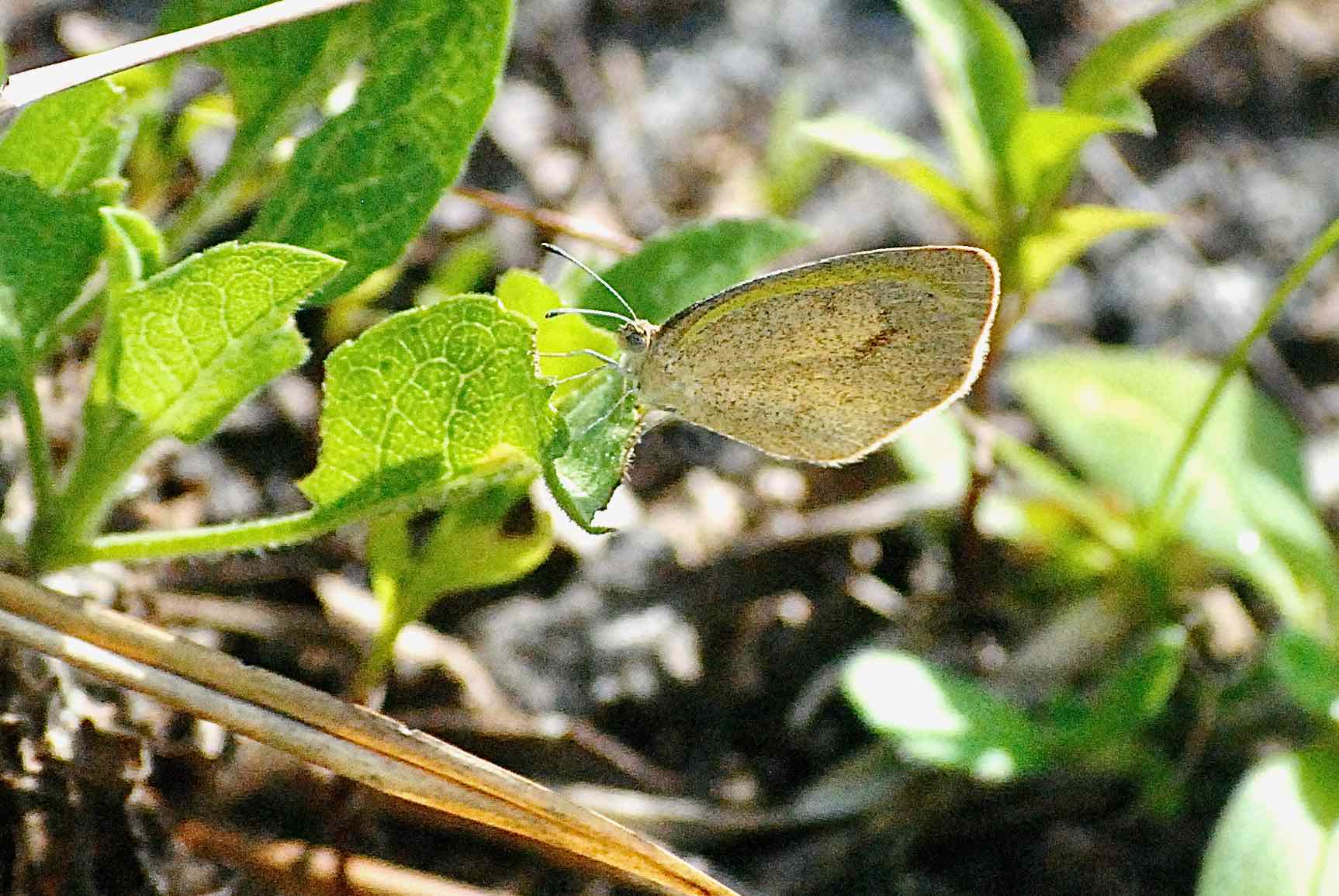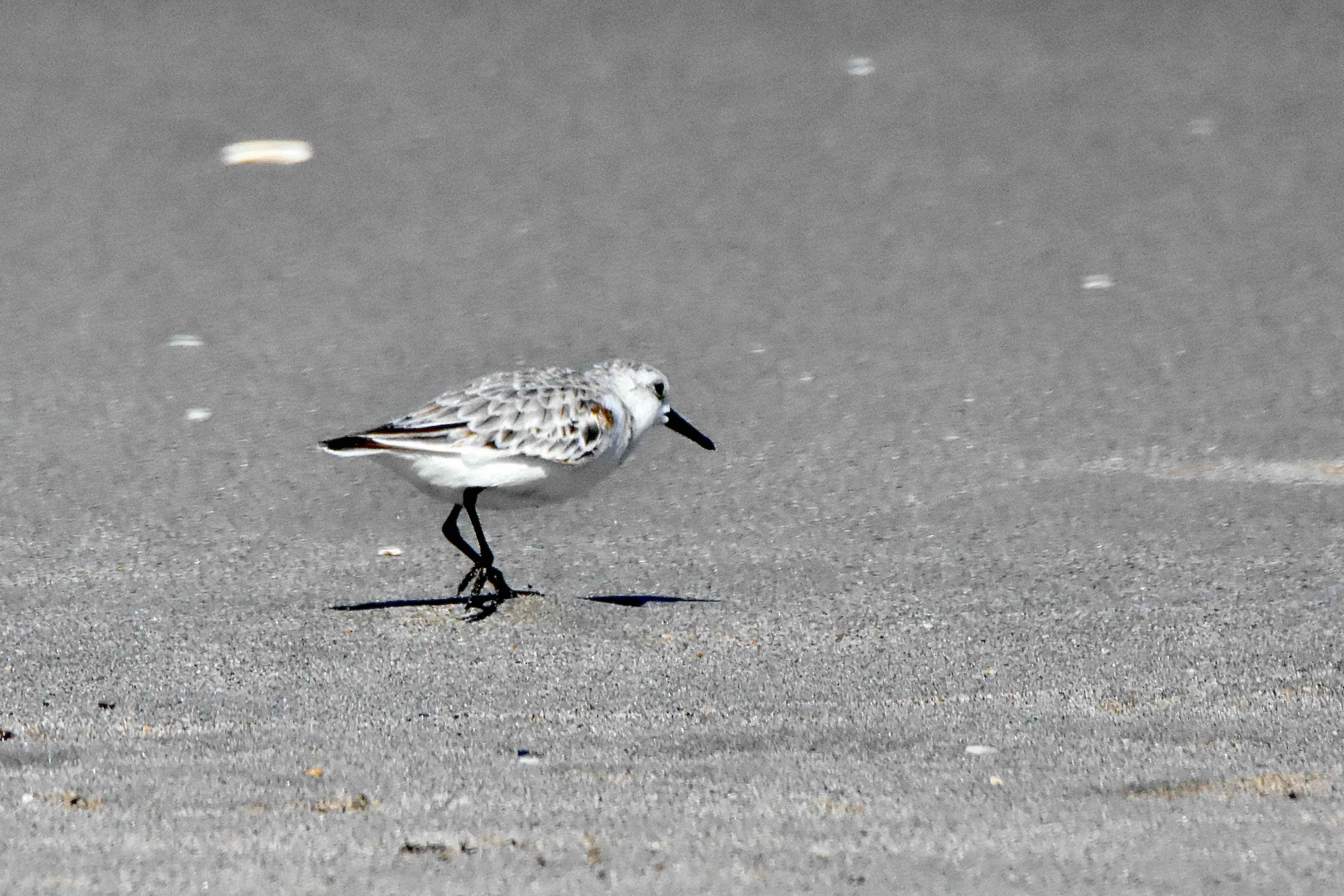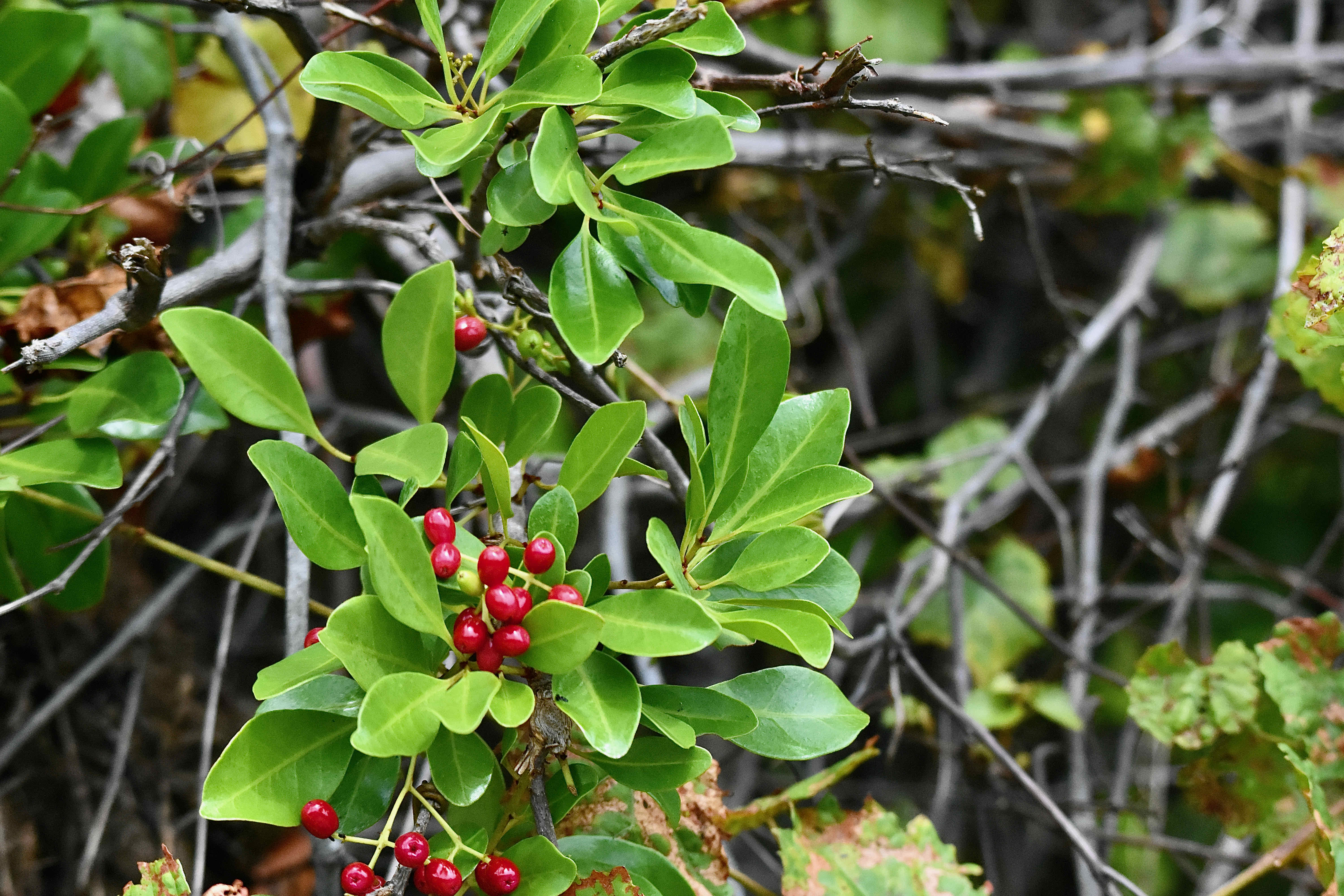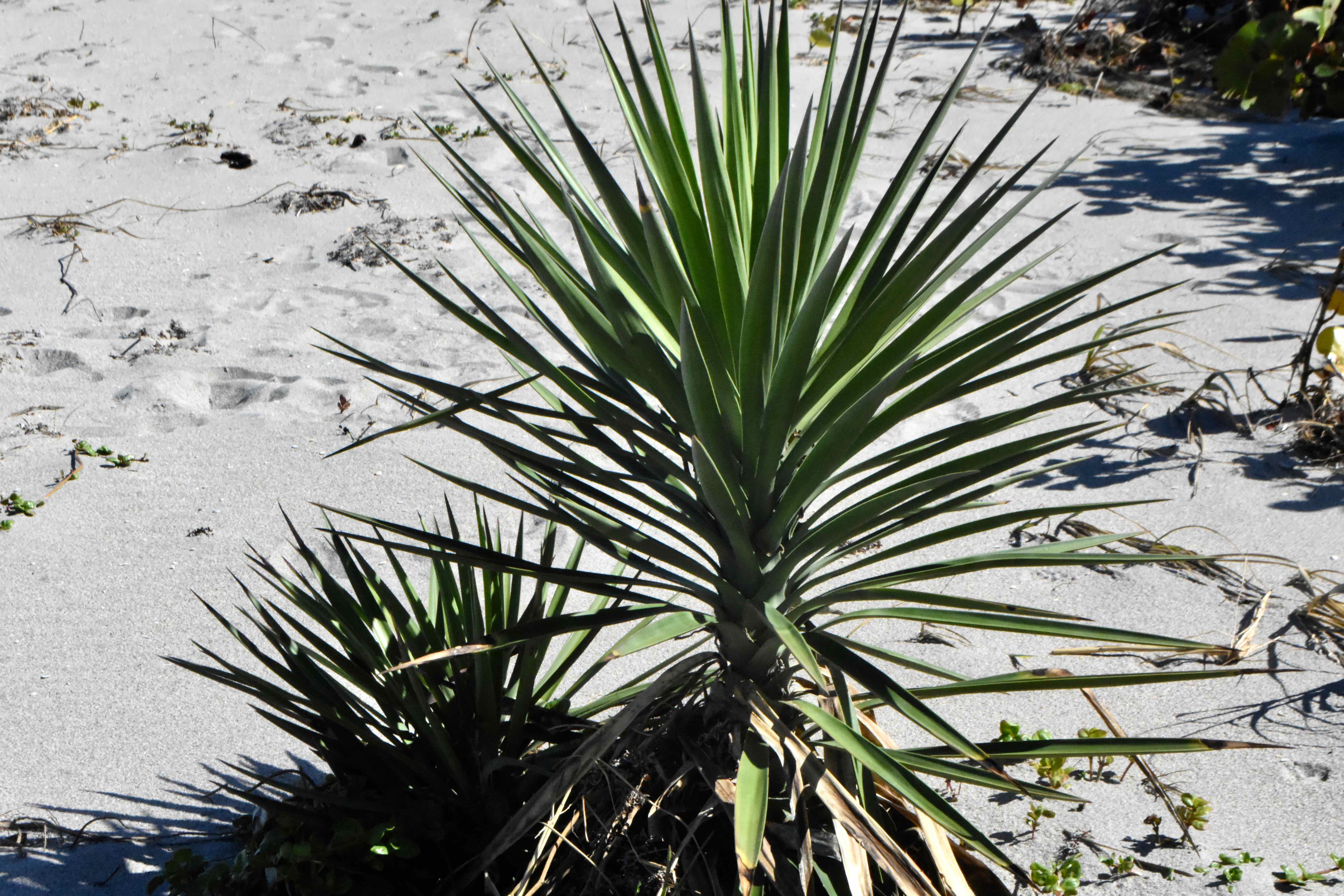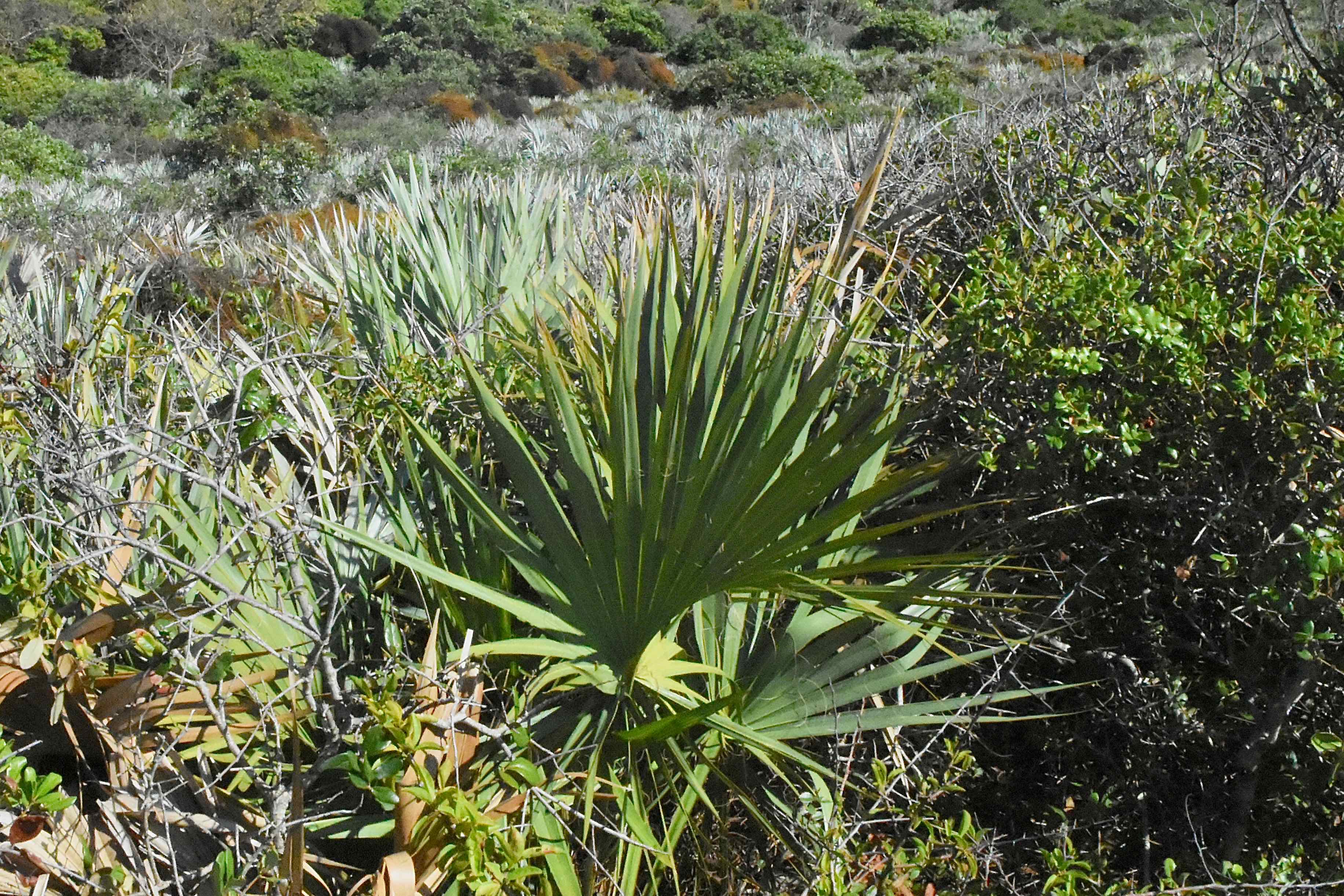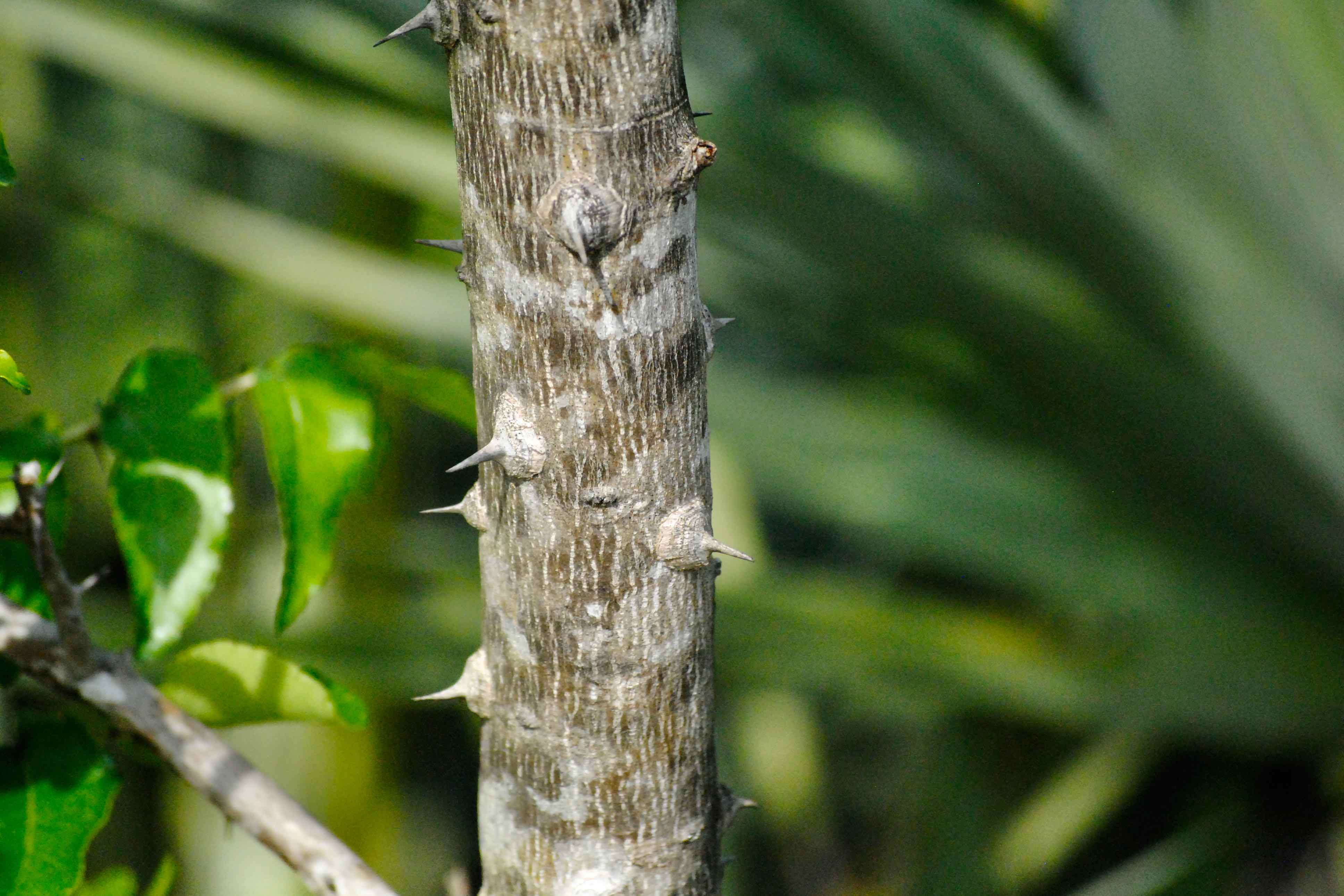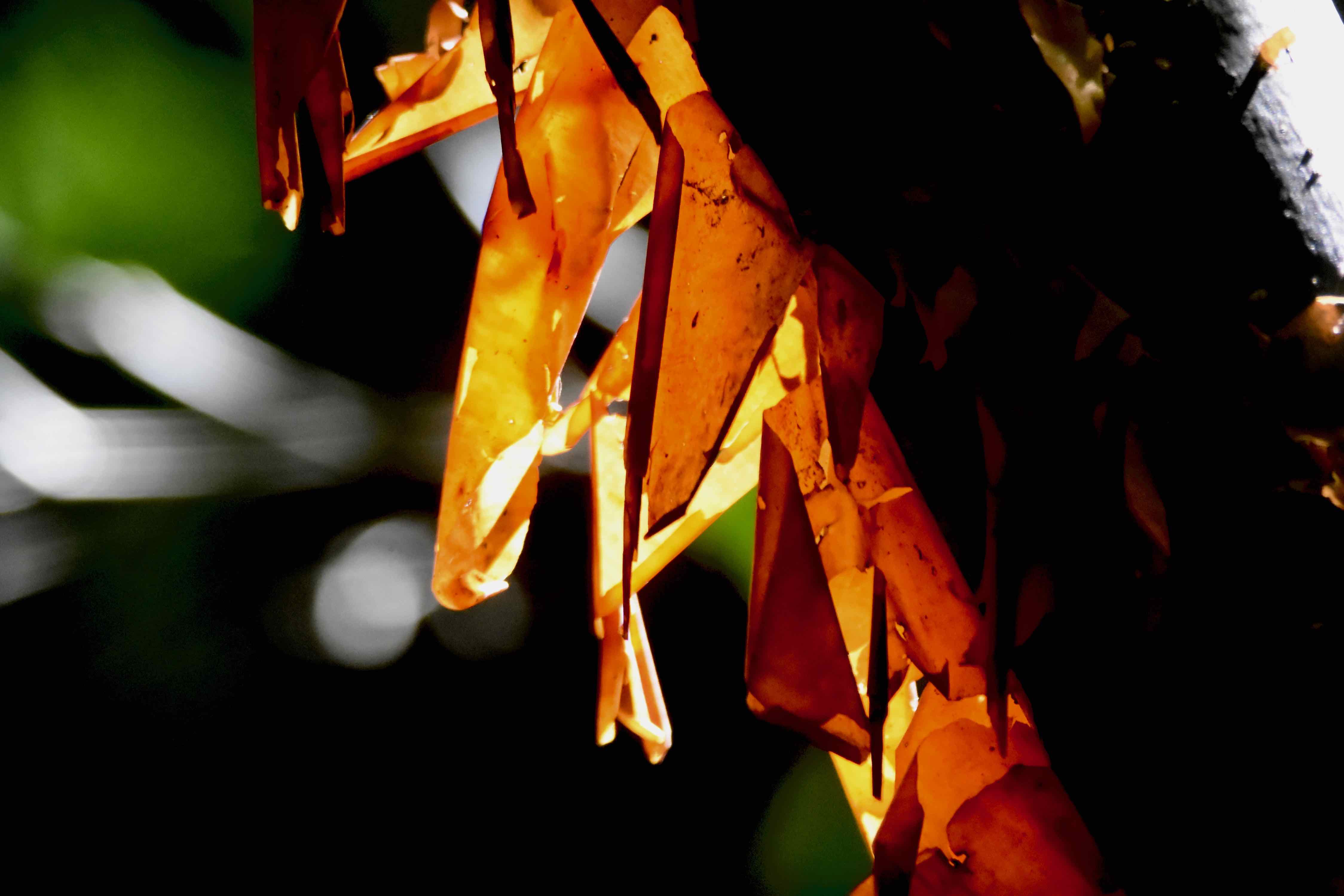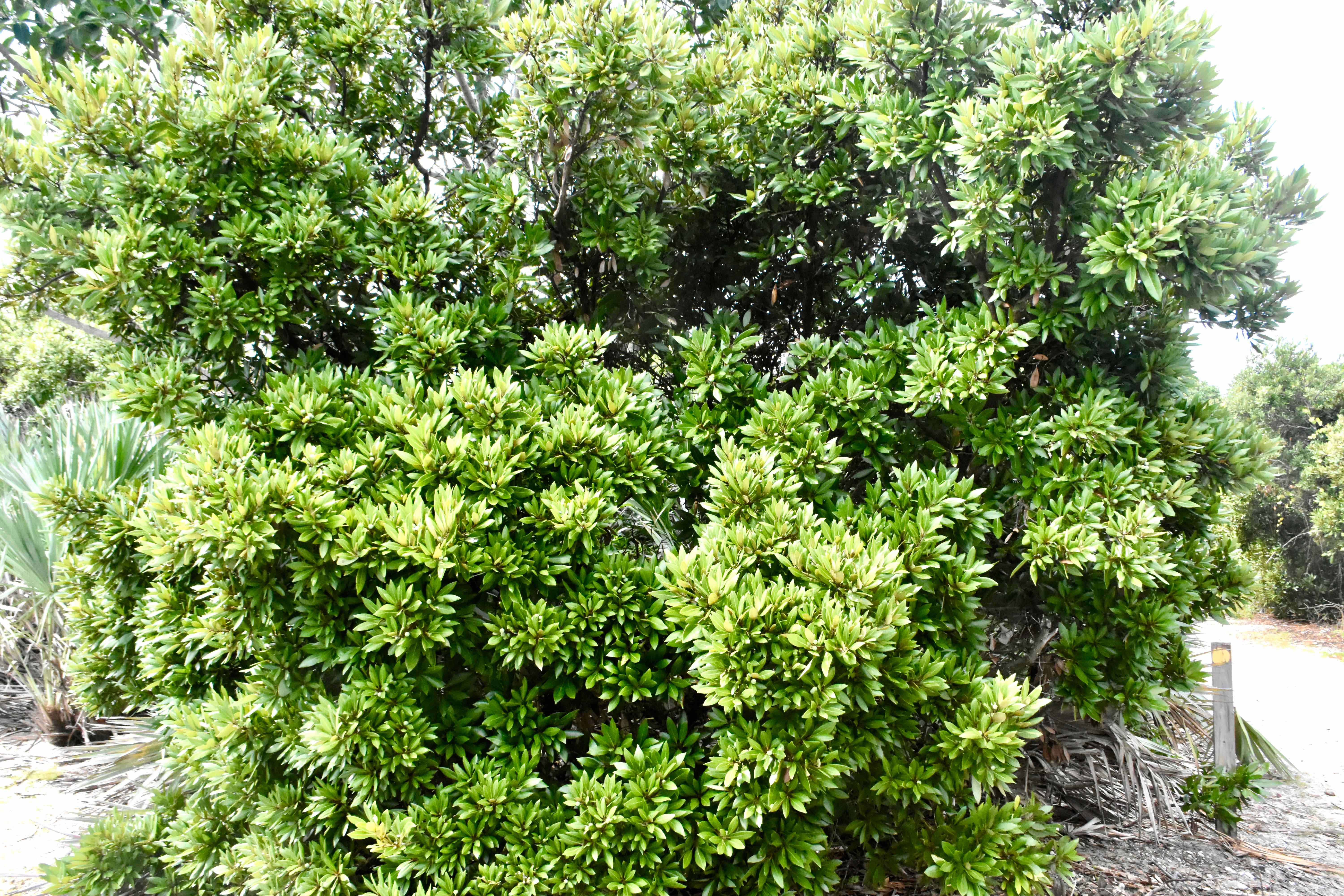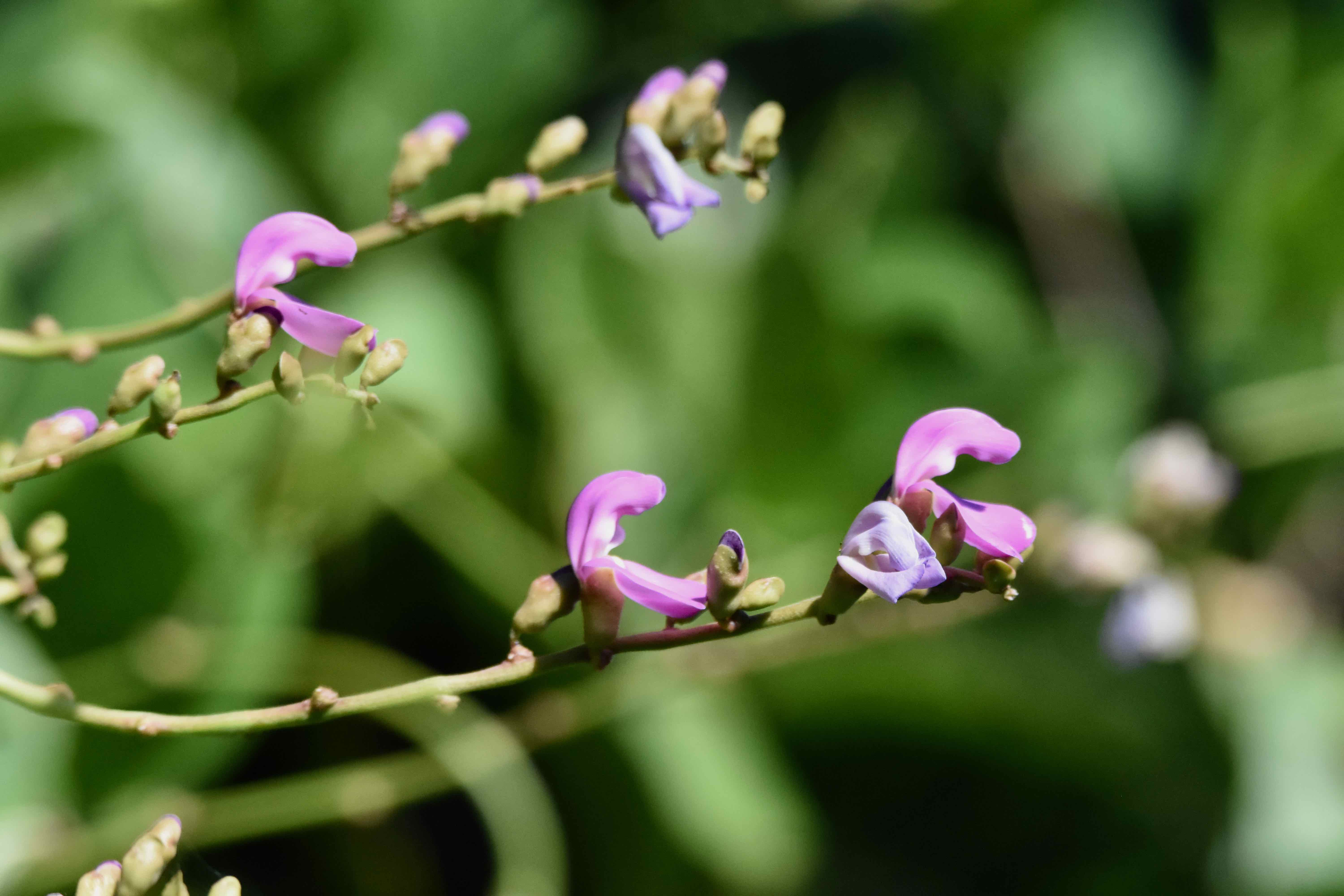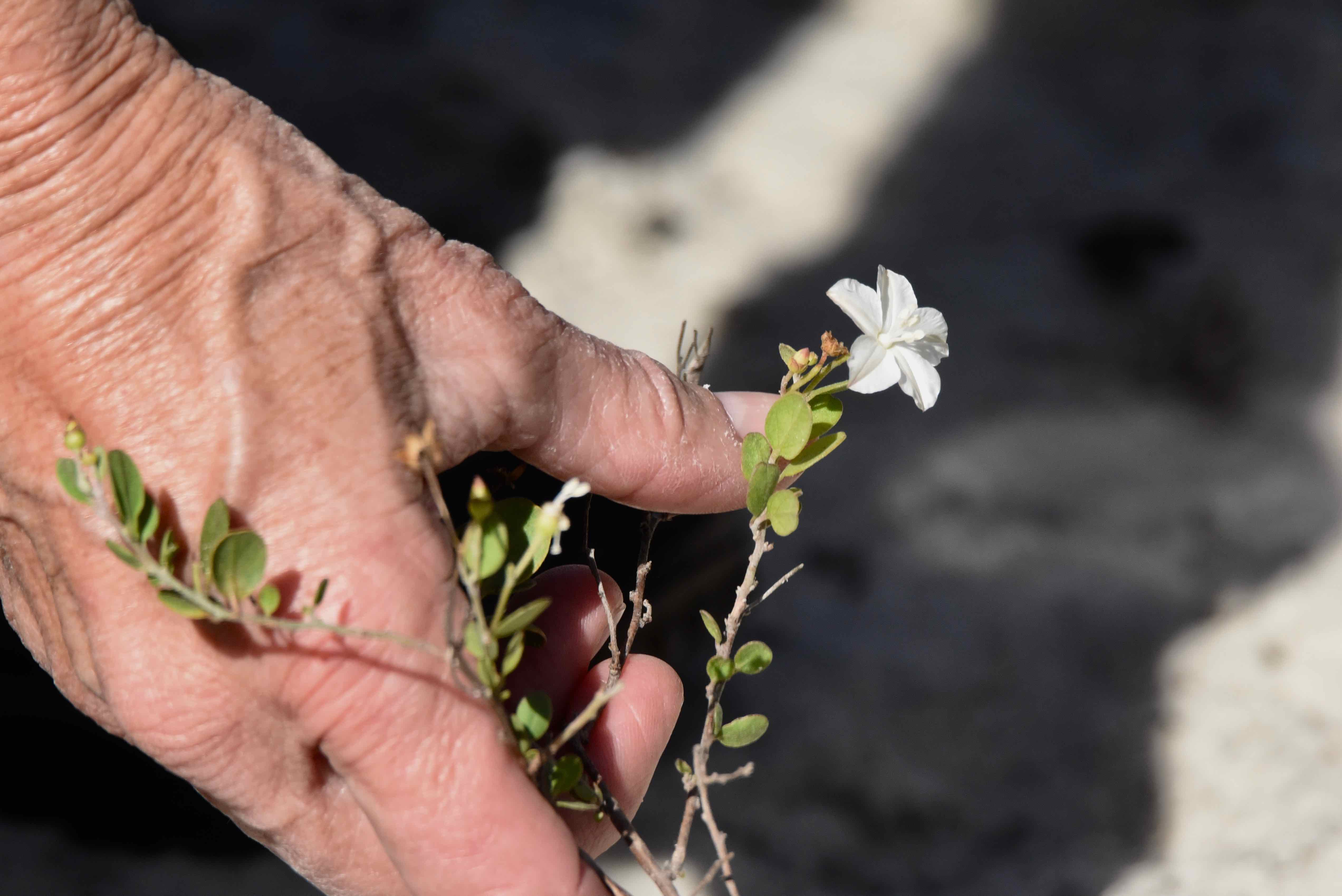EDITOR'S NOTE: We’ve divided Juno Dunes Natural Area in northern Palm Beach County into two separate listings, West Tract and Oceanfront Tract, because of the way it’s split by U.S. Highway One. The two have separate entrances, parking and trail guides.
Overview: Think of Juno Dunes Natural Area as a time capsule. It's what much of coastal Florida would have looked like when Ponce and pals first landed here 500-plus years ago. Beach, beach dune, maritime hammock followed by acres and acres of seemingly impenetrable scrub all the way to what was then a freshwater body of water that is now salty Lake Worth. It is the last remaining place in Palm Beach County with an intact coastal ecosystem spanning the width of the barrier island.
The Oceanfront Tract includes 42 of the 578 acres that constitute Juno Dunes Natural Area. You can walk from sea level to one of the highest natural points in Palm Beach County. At 44 feet above sea level, this isn't exactly the same as ascending Everest, but it does provide one of the few true vistas in the region. Juno Dunes is the only natural area in Palm Beach County to include beach property.
History: What is now Juno Dunes Natural Area was among the original 14 tracts of land deemed "environmentally sensitive" and priorities for inclusion in Palm Beach County's planned natural area system back in the 1980s. Palm Beach County bought the first 148 acres, including the 42 that make up the Oceanfront Tract, in 1992. In 1995, it bought 338 acres from the MacArthur Foundation. The County continued to add land to the natural area until it reached its present size of 578 acres in 1999. Fun fact: Juno Dunes was originally known as Juno Hills Natural Area.
The Oceanfront Tract was part of the right of way for the Jupiter and Lake Worth Railway in the 1880s and 1890s. Nicknamed the Celestial Railroad, with stops named Mars and Venus, it was only 7.5 miles long and ran between Jupiter Inlet and a town called Juno (not present day Juno Beach) on Lake Worth Lagoon. It was billed as the world's shortest railroad, with only one set of tracks and no turnarounds. Trains ran forward in one direction, then backwards on the return.
What You'll See: Juno Dunes is a contrast between the lush green and shade of the maritime hammock and the sun-scorched scrub that dominates much of the natural area. For many, the beach is the main attraction. The beach does offer the usual array of shore birds, including sanderlings, brown pelicans, ring-0billed gulls, royal terns and more. Amid the gumbo limbo trees, strangler figs poisonwood, pigeon plum and seagrapes of the maritime hammock, look for cardinals, mockingbirds and warblers, particularly during migrations seasons. Along the beach above the wrack line look for Spanish bayonet. This plant, with its sharp, fibrous leaves, provided both needle and thread to the Native Americans who lived here.
Amenities: There is a paved trail leading from the parking lot to an observation platform at the highest point of the Juno Dunes. Natural surface trails go through an ecotone (transition habitat), through a marine hammock and down to the beach. Another trail goes from the beach to the observation tower, ascending from sea level to 44 feet above sea level. Parking, restrooms and drinking water can be found within Loggerhead Park.
Nearby: Juno Dunes Natural Area West Tract sits just north of the entrance to Loggerhead Park on the west side of U.S. 1. Jupiter Ridge Natural Area is several miles to the north; farther north still lies Jupiter Inlet Lighthouse Outstanding Natural Area. Pawpaw Natural Area is several miles south along Ellison Wilson Road; Frenchman's Forest Natural Area is across the Intracoastal Waterway on Prosperity Farms Road. John D. MacArthur Beach State Park is to the southeast in North Palm Beach.
Links: Great Florida Birding Trail page for Juno Dunes is here; Institute for Regional Conservation's plant list here. Both are for Juno Dunes as a whole, both Oceanfront and West Tract.
Of Note: The entrance to Juno Dunes Natural Area Oceanfront Tract is through Loggerhead Park and Loggerhead Marine Center at the north end of the parking lot. The natural area is open sunrise to sunset 365 days a year. Admission is free. Juno Dunes is managed by Juno Beach and Palm Beach County's Department of Environmental Resource Management.
Cover Photo: A sanderling foraging in the surf. Sanderlings are common beach birds but tend to run away as the surf rolls onto the shore, but this guy was determined to get his meal.
Overview: Think of Juno Dunes Natural Area as a time capsule. It's what much of coastal Florida would have looked like when Ponce and pals first landed here 500-plus years ago. Beach, beach dune, maritime hammock followed by acres and acres of seemingly impenetrable scrub all the way to what was then a freshwater body of water that is now salty Lake Worth. It is the last remaining place in Palm Beach County with an intact coastal ecosystem spanning the width of the barrier island.
The Oceanfront Tract includes 42 of the 578 acres that constitute Juno Dunes Natural Area. You can walk from sea level to one of the highest natural points in Palm Beach County. At 44 feet above sea level, this isn't exactly the same as ascending Everest, but it does provide one of the few true vistas in the region. Juno Dunes is the only natural area in Palm Beach County to include beach property.
History: What is now Juno Dunes Natural Area was among the original 14 tracts of land deemed "environmentally sensitive" and priorities for inclusion in Palm Beach County's planned natural area system back in the 1980s. Palm Beach County bought the first 148 acres, including the 42 that make up the Oceanfront Tract, in 1992. In 1995, it bought 338 acres from the MacArthur Foundation. The County continued to add land to the natural area until it reached its present size of 578 acres in 1999. Fun fact: Juno Dunes was originally known as Juno Hills Natural Area.
The Oceanfront Tract was part of the right of way for the Jupiter and Lake Worth Railway in the 1880s and 1890s. Nicknamed the Celestial Railroad, with stops named Mars and Venus, it was only 7.5 miles long and ran between Jupiter Inlet and a town called Juno (not present day Juno Beach) on Lake Worth Lagoon. It was billed as the world's shortest railroad, with only one set of tracks and no turnarounds. Trains ran forward in one direction, then backwards on the return.
What You'll See: Juno Dunes is a contrast between the lush green and shade of the maritime hammock and the sun-scorched scrub that dominates much of the natural area. For many, the beach is the main attraction. The beach does offer the usual array of shore birds, including sanderlings, brown pelicans, ring-0billed gulls, royal terns and more. Amid the gumbo limbo trees, strangler figs poisonwood, pigeon plum and seagrapes of the maritime hammock, look for cardinals, mockingbirds and warblers, particularly during migrations seasons. Along the beach above the wrack line look for Spanish bayonet. This plant, with its sharp, fibrous leaves, provided both needle and thread to the Native Americans who lived here.
Amenities: There is a paved trail leading from the parking lot to an observation platform at the highest point of the Juno Dunes. Natural surface trails go through an ecotone (transition habitat), through a marine hammock and down to the beach. Another trail goes from the beach to the observation tower, ascending from sea level to 44 feet above sea level. Parking, restrooms and drinking water can be found within Loggerhead Park.
Nearby: Juno Dunes Natural Area West Tract sits just north of the entrance to Loggerhead Park on the west side of U.S. 1. Jupiter Ridge Natural Area is several miles to the north; farther north still lies Jupiter Inlet Lighthouse Outstanding Natural Area. Pawpaw Natural Area is several miles south along Ellison Wilson Road; Frenchman's Forest Natural Area is across the Intracoastal Waterway on Prosperity Farms Road. John D. MacArthur Beach State Park is to the southeast in North Palm Beach.
Links: Great Florida Birding Trail page for Juno Dunes is here; Institute for Regional Conservation's plant list here. Both are for Juno Dunes as a whole, both Oceanfront and West Tract.
Of Note: The entrance to Juno Dunes Natural Area Oceanfront Tract is through Loggerhead Park and Loggerhead Marine Center at the north end of the parking lot. The natural area is open sunrise to sunset 365 days a year. Admission is free. Juno Dunes is managed by Juno Beach and Palm Beach County's Department of Environmental Resource Management.
Cover Photo: A sanderling foraging in the surf. Sanderlings are common beach birds but tend to run away as the surf rolls onto the shore, but this guy was determined to get his meal.

